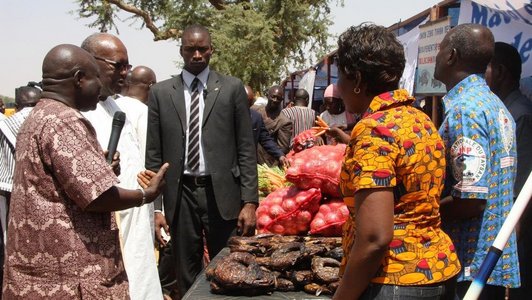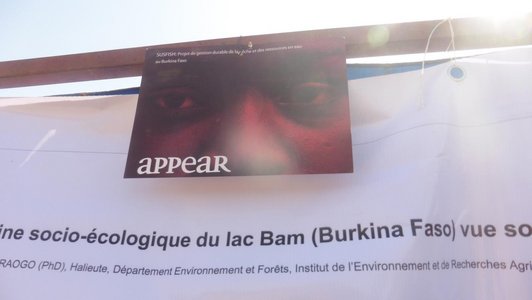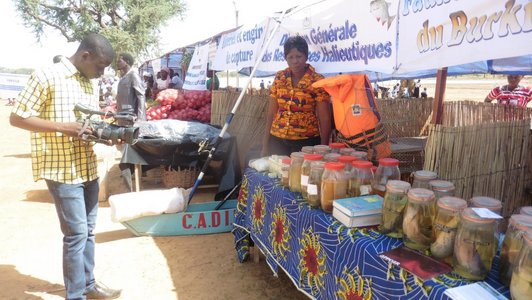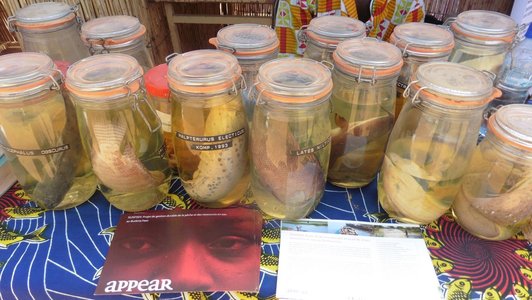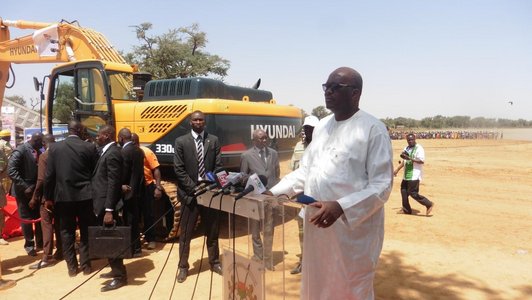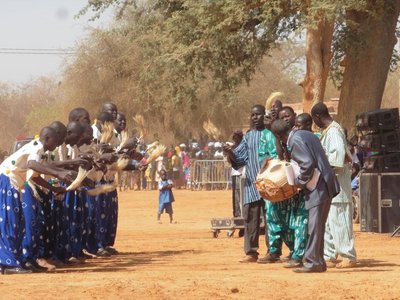

With 2,600 ha Lake Bam is the largest natural water body in Burkina Faso. It is used for farming, fishing, livestock breeding and domestic consumption. Nowadays the lake is depleted and polluted due to overexploitation. The lake receives 500,000 m3 of sand every year. This means that compared to its stocking capacity it could disappear in 25-30 years. Instead of fewer than 30 as recommended by the FAO, the lake hosts 700 fishermen. These facts compromise the ability of the lake to continuously provide substantial livelihoods.
Therefore some years ago the government of Burkina Faso decided to start a rehabilitation project. Based on the PhD research results of Raymond Ouedraogo, a former APPEAR scholar at the BOKU, the fish part of the project was designed. Meanwhile Lake Bam is a study area of the SUSFISH-plus project and therefore the project partners could not miss the opportunity to present the results at the launching ceremony of the rehabilitation project on the 3rd of March 2017. The highest authorities of the country, the public and national media were invited to the ceremony on the banks of the lake in Kongoussi. SUSFISH-plus stirred up the participation of the General Directorate for Fish Resources, the Institute for Environment and Agricultural Research (INERA) and the local fishing communities (fishermen, female fish processors and fishmongers). Together they presented smoked and fresh fish from the lake, fishing and aquaculture equipment, a collection of fish species and a poster about the degradation of the lake seen from the biodiversity and fishing perspective.
The president of Burkina Faso (i.e. the head of the parliament), some ministers, members of parliament, directors, mayors, etc. were all interested in the results of the research project.

